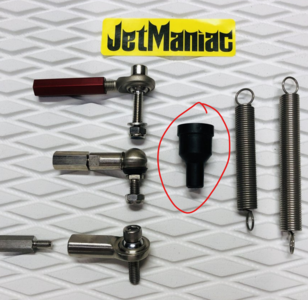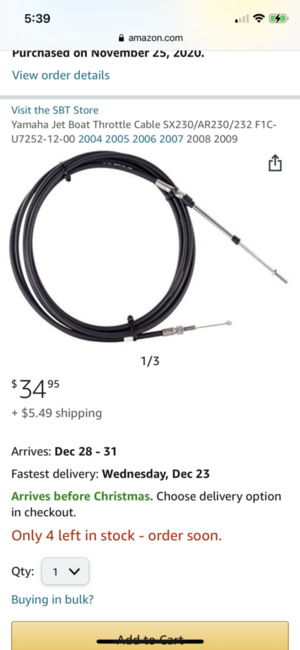- Location
- Asheville, NC
In order for me to get a bit more clarity on trim systems, I wanted to ask a few questions that I am having trouble with.
1. What type of cable is used with a basic trim system? Is it like a steering cable or more like a throttle cable?
2. Through the hull, what type of fitting is used to keep the cable water tight? Like the steering cable has the grommet and nut that keep the cable sealed where it enters the trough hull tube.
3. Are reduction nozzles specific to the trim system itself?
4. Are steering nozzles specific to the trim system?
5. Are trim systems generally a finicky item or hold up pretty well with a little maintenance?
Just wondering if its worthwhile for my build. I'm leaning towards yes. I think it would be pretty helpful in the surf, if the nose of the ski is starting to dig.
1. What type of cable is used with a basic trim system? Is it like a steering cable or more like a throttle cable?
2. Through the hull, what type of fitting is used to keep the cable water tight? Like the steering cable has the grommet and nut that keep the cable sealed where it enters the trough hull tube.
3. Are reduction nozzles specific to the trim system itself?
4. Are steering nozzles specific to the trim system?
5. Are trim systems generally a finicky item or hold up pretty well with a little maintenance?
Just wondering if its worthwhile for my build. I'm leaning towards yes. I think it would be pretty helpful in the surf, if the nose of the ski is starting to dig.


